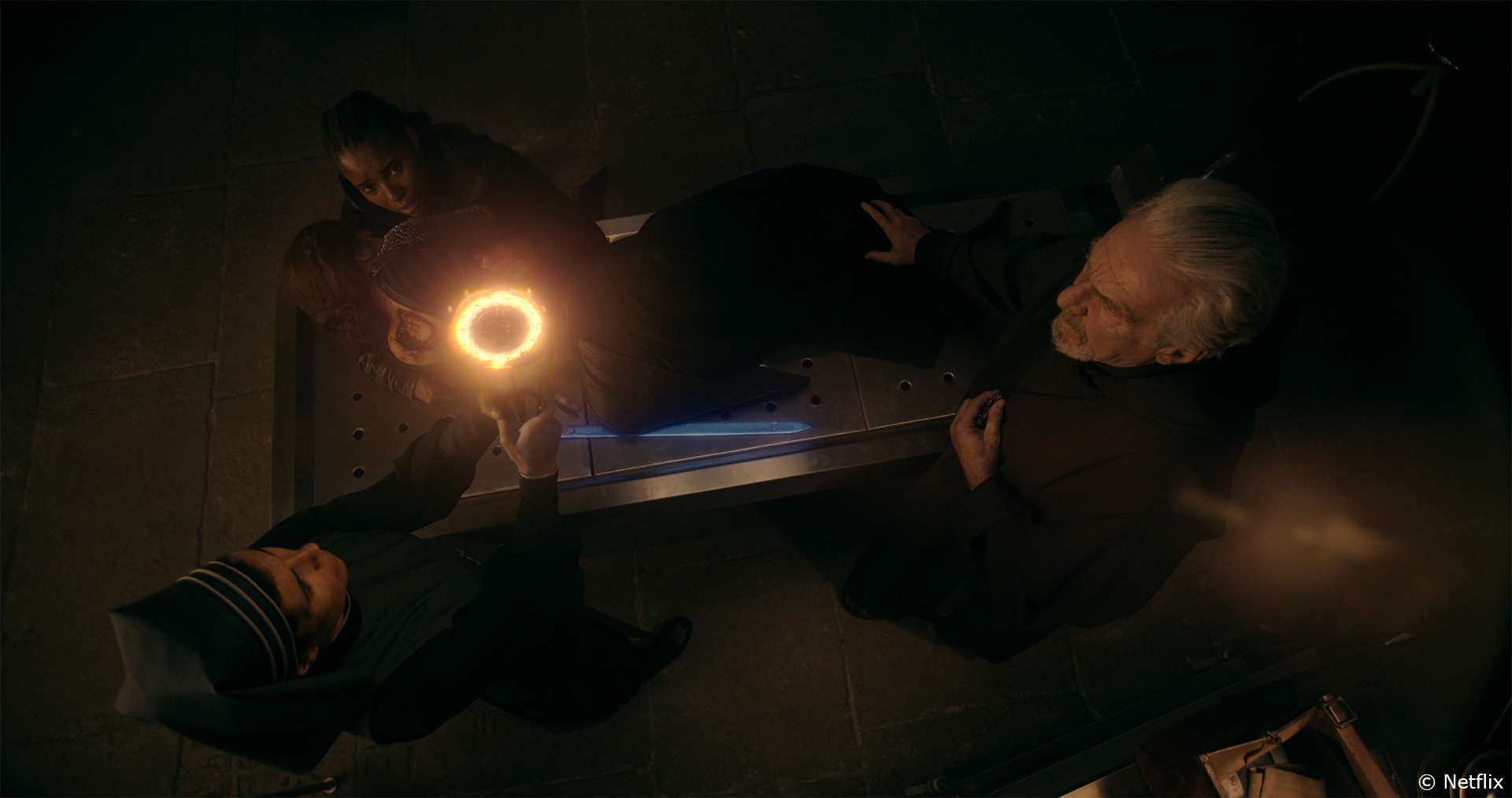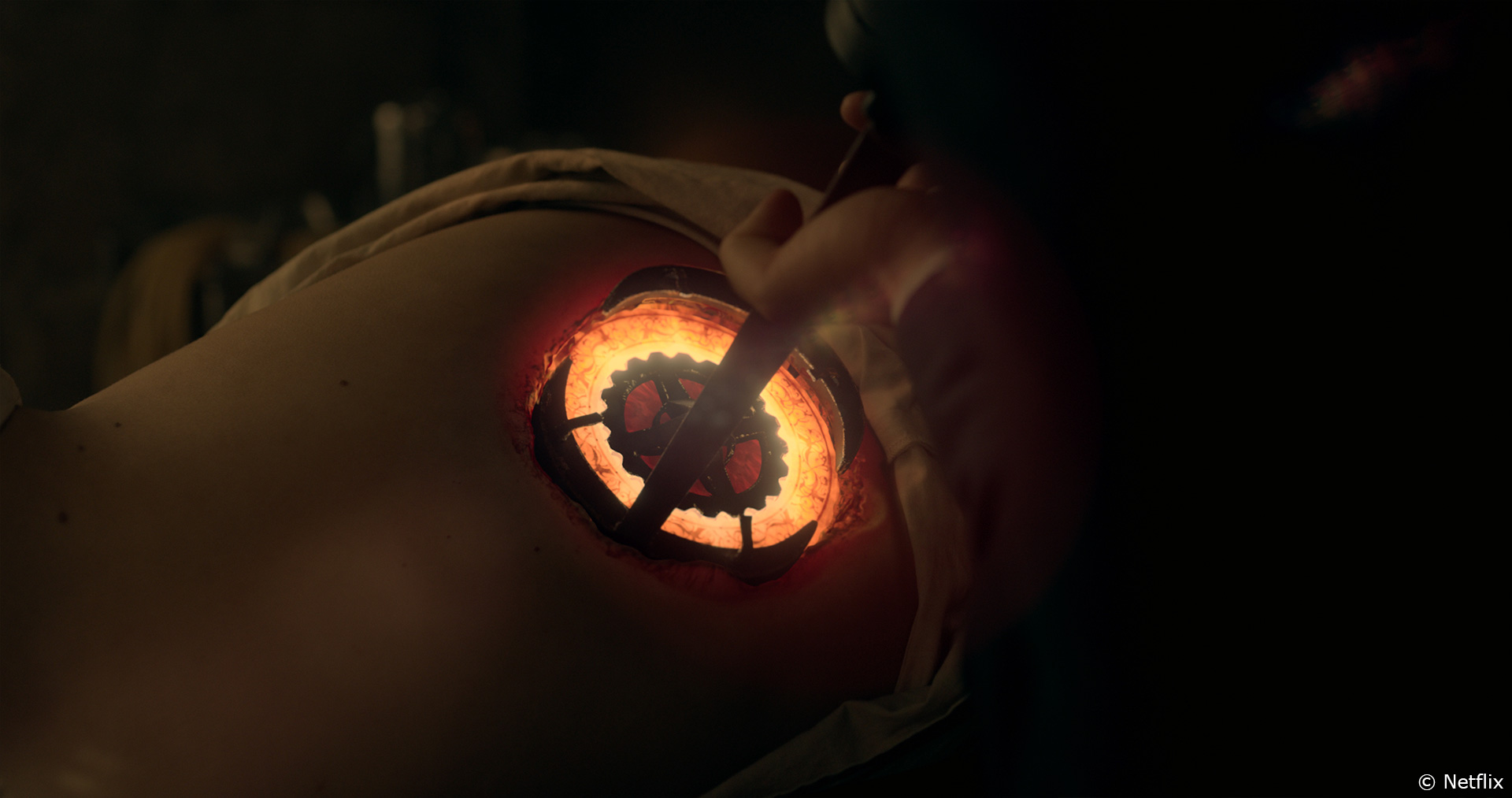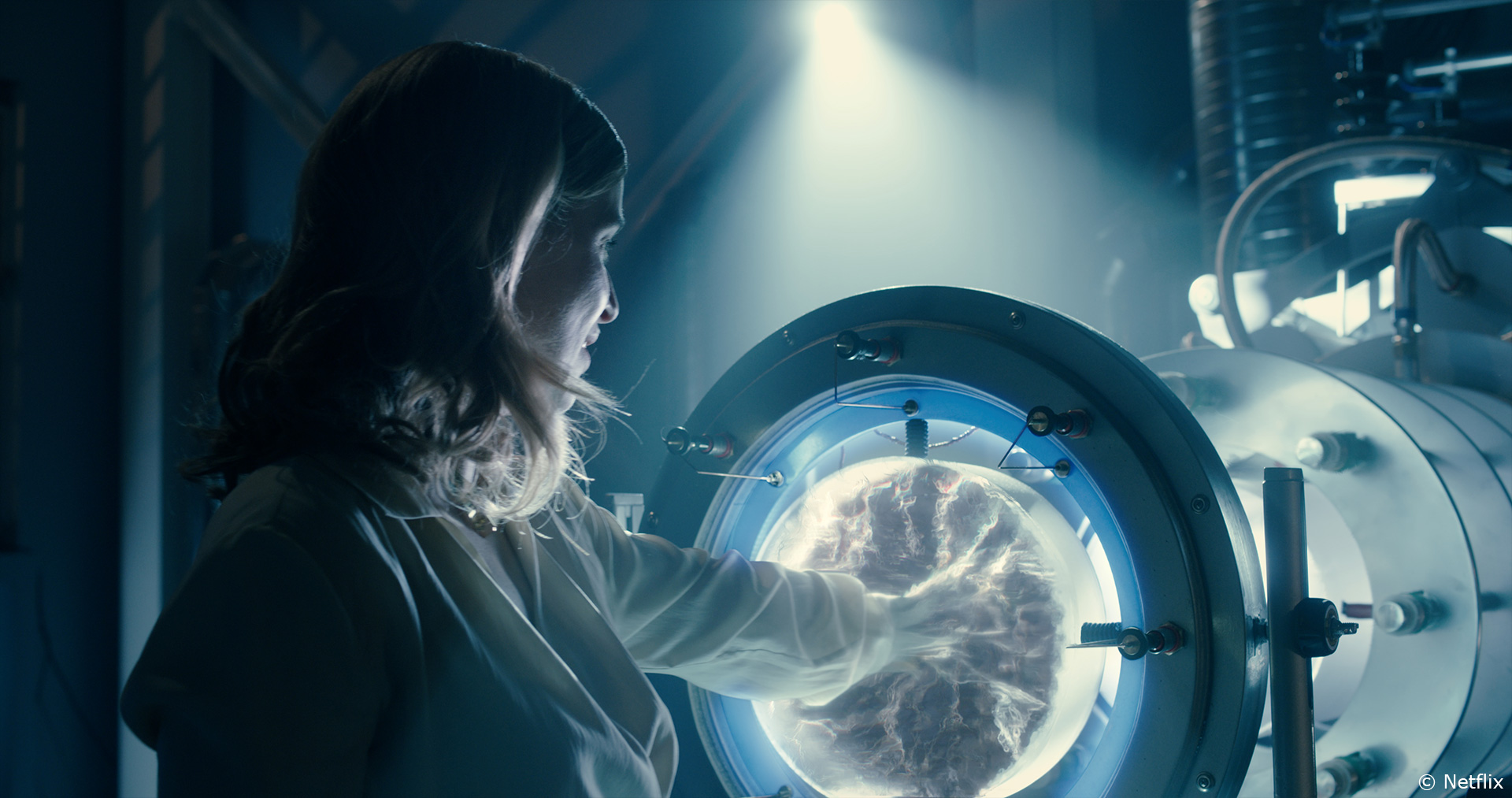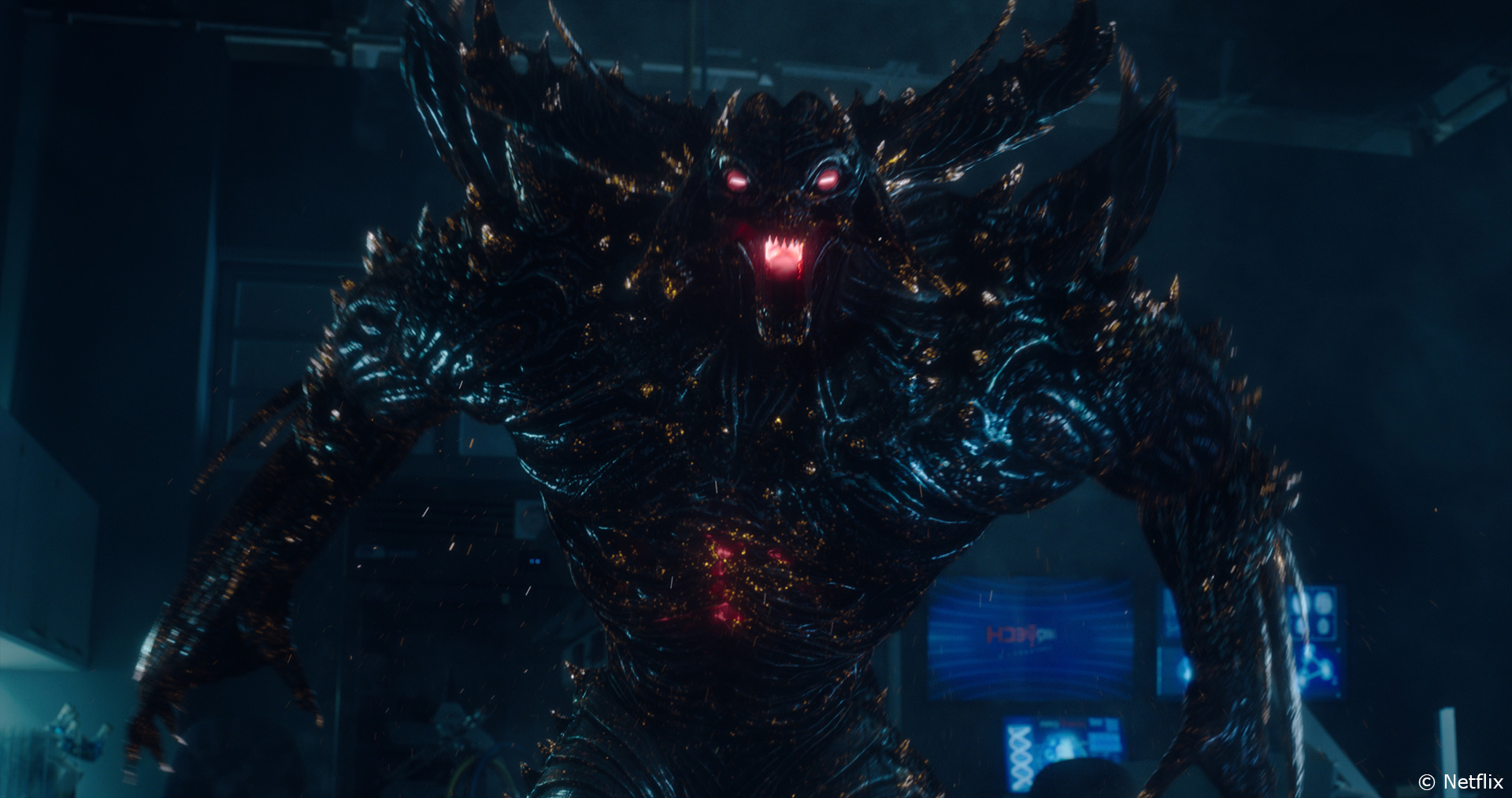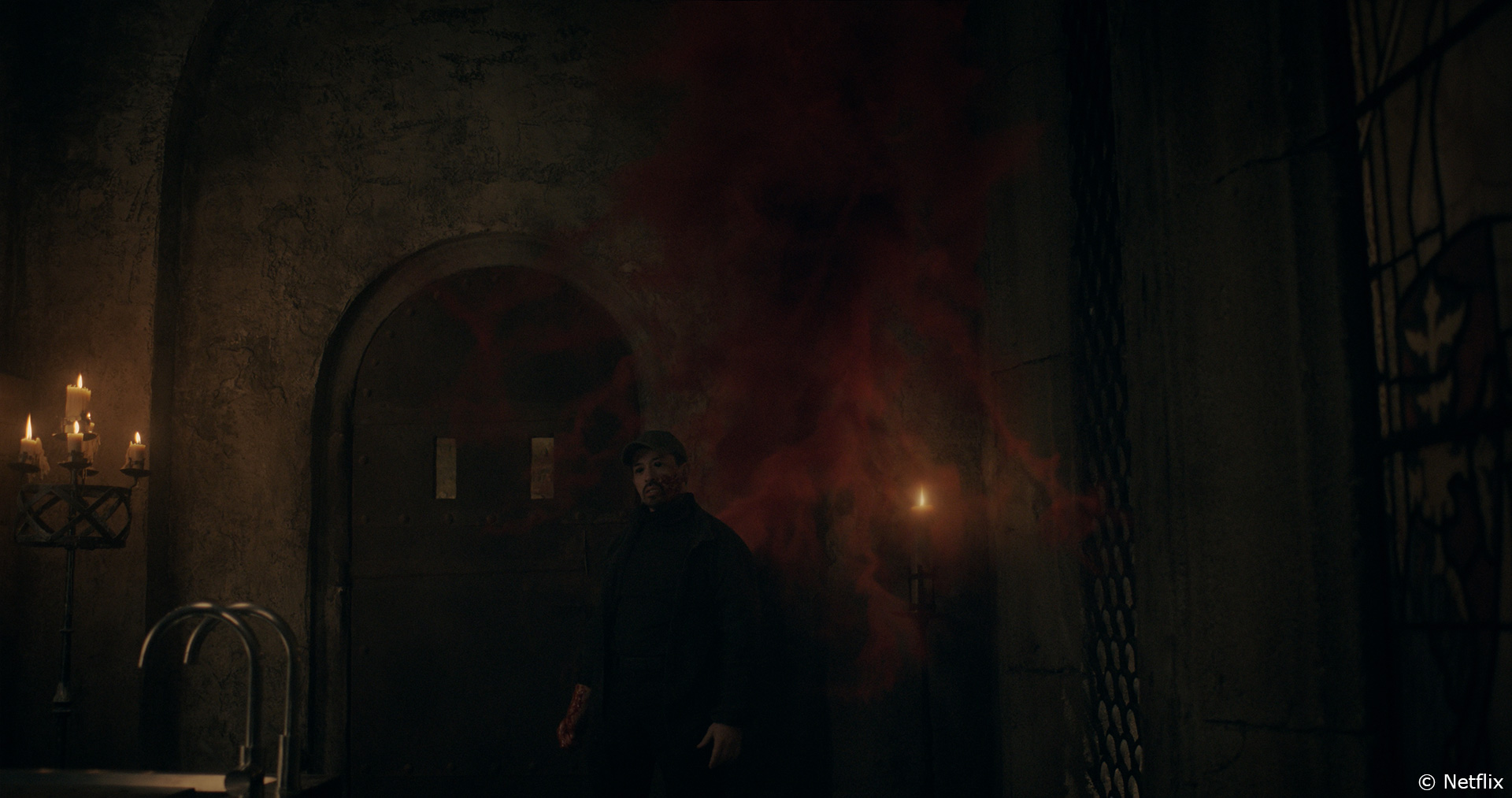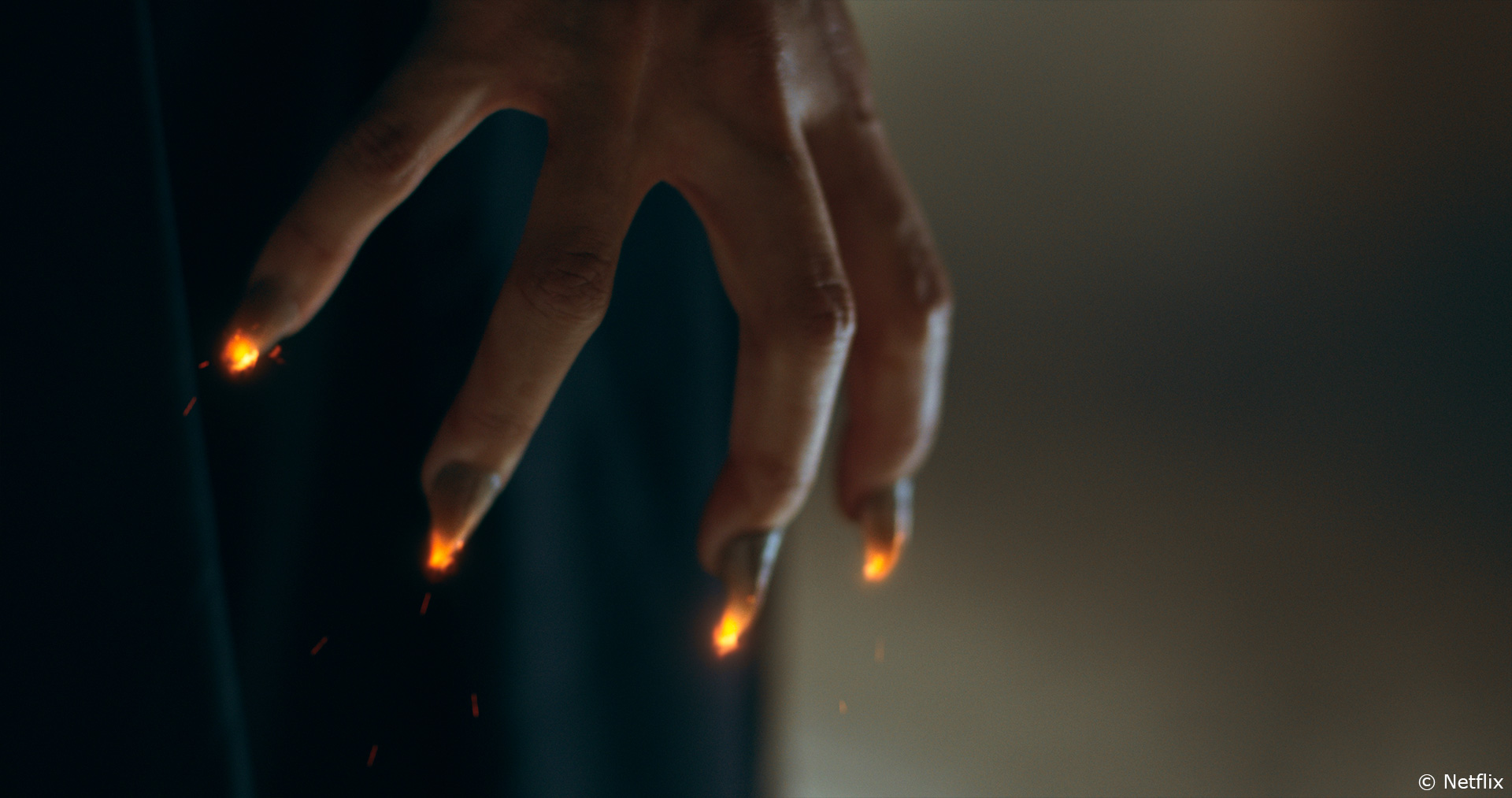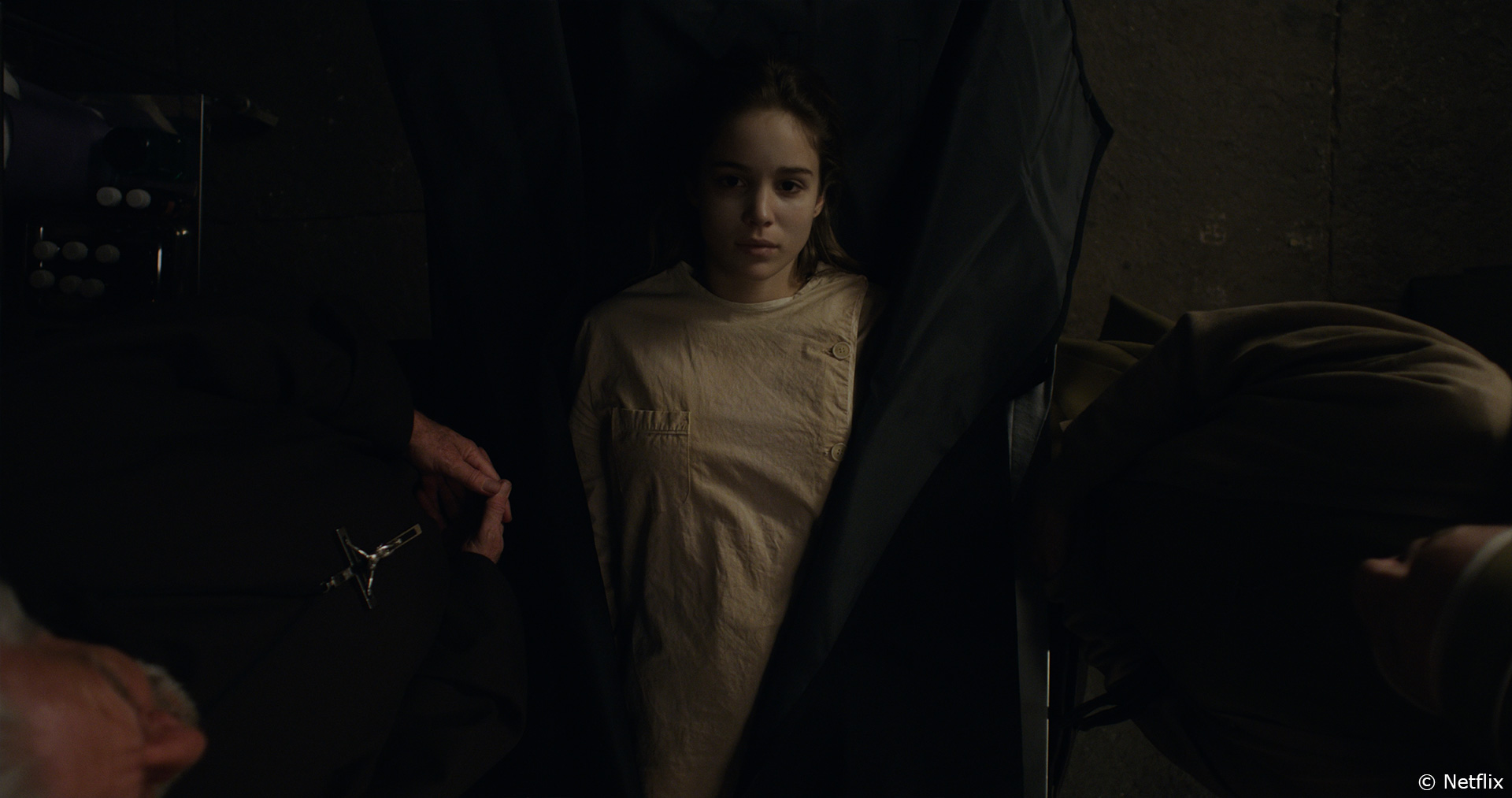Michael Blackbourn began his career in visual effects in 2003 at Spin VFX, he then joined The Embassy in 2006. He has worked on many projects including IRON MAN, DISTRICT 9, ELYSIUM and CAPTAIN AMERICA: THE WINTER SOLDIER.
What is your background?
I’m Michael Blackbourn, I originally trained in classical and 3d character animation and I’ve worked in nearly every role and medium animation can be applied to. For the past 18 years I’ve brought to life stories in animation, videogames, and visual effects for commercials, TV and feature films.
How did you and The Embassy get involved on this show?
We got involved early on as Winston, the president of The Embassy, and Simon Barry – the showrunner of WARRIOR NUN – have been acquaintances for years and have been looking for the right opportunity to work together and this show was a perfect fit. For Netflix, we had already delivered successfully on their show LOST IN SPACE and they were eager to work with us again.
How was the collaboration with the showrunner, the directors and Production VFX Supervisor?
I was the production VFX supervisor for the show. The Embassy was the sole vendor and we were responsible for all aspects of the visual effects production. It was a perfect match to work with Simon Barry and Netflix on Warrior Nun. They were very receptive to the creative energy we invested in imagining how all the creatures and magic would look.
What was their expectations and approach about the visual effects?
Netflix and Simon came to us for our ability to deliver feature-film quality work. We regularly apply the lessons we learned on IRON MAN and DISTRICT 9 and THE HUNGER GAMES to our commercial and TV effects. They knew we could turn around the number of shots and keep the work at the same high bar we hit in all of our efforts.
How did you organize the work with your VFX Producer?
We tried to plan as much as we could up front, but as with most complex projects we had to continually reevaluate schedule and the number of artists to ensure we always met our deadlines. The great thing about the Embassy is that we do work on commercials. It means we always have a core group of artists that can be flexible in how they work and meet the demands of short or changing timelines.
Can you elaborate about your work on the main title sequence?
The title sequence was handled by our Creative Director David Casey and one of our CG Supervisors Paul Copeland. Working with a small team they developed a whole variety of creative approaches that would fit the tone of the show. We collaborated with the showrunner to dial in the right feeling he was looking for and our experience in directing commercials helped the main title sequence come together smoothly.
Where was filmed the various parts of the series?
The series was filmed on location in various parts of Spain which included; Malaga, Sevilla, Rhonda, Cordoba, and Marbella. Most locations took advantage of Spains amazing history, but a handful of sets were created for the catacombs, crypts below the Vatican, and the Nun’s base.
How did you work with the art department to design the magical effects and the creatures?
We worked from a brief from the showrunner and took over from there. We needed to realize a lot of different kinds of portals and phasing through objects and phasing the camera through solid rock. We relied on our own design sense of what looked cool and fit the style of the show and then we pitched Simon and Netflix on it.
Can you explain in detail about the creation of the creatures?
We had two major creatures to create for the show. Both went through a concept phase and The Embassy hired Carlos Huante (MEN IN BLACK) to help execute the design. This enabled us to make quick iterations to dial in what the showrunner and Netflix we’re looking for. Once the concept was nailed down, we then moved on to realizing them in 3d. Each creature came with its own challenges.
The first, the Wraith, is a ghostly apparition that has a sense of bony features and skull inside a swirling red mist of a body. That body ends in tendrils that need to be able to latch on to actors in the show. As the concept work could only get us so far as a still we needed to get the asset into 3d early on to start working on how the red mist of a body would churn and flow. We used a hybrid setup that involved cloth dynamics of long tatters of fabric that we then converted to a volume and built up a swirling cloud simulation on top of that.
We initially thought the second creature, the Tarask, would be a little more traditional. It is a large demon beast with a sense of burned metallic skin with an inner fire. It was modelled and sculpted in 3d and then a lot of shader work was developed to get the right feeling to the skin. As our first shots with this creature were coming together we added a layer of simulation to the Tarask as well. As it comes out of a portal it was meant to be fiery and have embers and sparks and smoke come with it. Once everyone saw how those effects really made an impact on the Tarask’s presence we rolled the setup for all those effects into a set of elements that were generated for all shots. So everywhere the Tarask went, he brought his heat with him.
Can you tell us more about their rigging and animation?
Paul Copeland, one of our CG Supervisors did all the character rigging. We used our setups and tools refined from our experience on previous projects to get all the right controls and flexibility in the models for the animators. As I mentioned above we took advantage of cloth tools to drive some of the motion for the Wraiths. The animation was all done with hand keyframes either in empty plates or using an actor in a grey suit as reference. As Wraiths and giant heavy Tarask demons are difficult things to cast actors for or mocap, we opted to do all our work as keyframe animation as we would’ve spent more time attempting to adapt mocap to fit these characters.
How did you create the various shaders and textures?
We carefully dial in all our shaders to match real-world properties of materials. At The Embassy we got our start doing robots and car commercials and have always been very mindful of how surfaces reflect light and sit in their environments. All the shaders were created in house using our feature film pipeline tools that hook into Houdini.
How did you manage the internal light from the creatures?
We use Redshift to render our 3d work and as it’s an extremely fast renderer and we’ve learned ways to get noise-free emissive surfaces and sub-surface glow with it. All the lighting for the characters including their internal lighting is rendered in. We include breakout passes to do some balancing in comp but in general, the creatures are rendered as you see them in the final shot. This allows for the maximum time for the compositor to integrate the character into the plate and really polish the shot rather than having to use that time on the 3d character itself.
Can you explain in detail about the creation and animations of the magical effects?
All the creature magic effects that were consistent from shot to shot were rendered as 3d elements, much of it simmed in Houdini. This includes The Wraith’s cloudy body and the Tarasks sparks and smoke. When the creatures needed to have an extra layer of interactivity to tell the story of the magical effects in a shot, that is where we relied on comp to carry the day. Phasing through walls, going through portals, the crackle of electric light from a magic knife, these were the types of things that it made sense to keep in comp as we could dial them in quickly and have greater flexibility in how they told the story.
How did you handle the interactive lights for the magical effects?
We rendered light passes and used compositing to get the final balance and timing.
Can you elaborate about your set extension work?
For WARRIOR NUN, we worked on both pure matte painting type extensions and 3d extensions. The matte paintings were shots where we could rely on the compositor to work with a combination of extra plates and elements to tell the story. It was only when we needed to build an entire St. Peter’s square and fill it with a crowd and collapsing buildings that we created 3d elements for the shots. This all came together in a complex shot where we needed to tell the story of a thousand years of time passing to show a location as it was in the past and now. That shot was a heavy one using every trick available to us as it was an aerial and we needed to go from a fully 3d past state to a modern city that was a shot plate.
Which sequence or shot was the most challenging?
Our biggest challenge was when Ava has to phase through solid rock and the camera stays with her to get an ‘inside’ view. There just isn’t a lot of starting points or other work to reference on what someone would look like while doing that, mid teleportation. It was made doubly difficult as the narrative required the delivery of lines in that state that needed to have an emotional payoff. We opted to give it a confined look of being squeezed in a dark space while also having a sense of the structure of the rock to be able to sell movement through it. The plates of Ava were also treated with the same phasing look we use on exterior shots where she quickly dashes through objects and walls. In the end, it came together beautifully and I think we achieved a unique look for these sequences that is something new.
Is there something specific that gives you some really short nights?
Not really, the show went quite smoothly.
What is your favorite shot or sequence?
A lot of the show takes place in the dark, at night, when scary things are scariest. One sequence however was set in the past during a flashback in full sunlight, and we got to really reveal our Tarask demon. He grabs an actor’s head and makes quick work of him. That shot came together in a way that really sells the FX and stands out to me.
What is your best memory on this show?
The people. We had an amazing team of artists at The Embassy, and collaborating with Simon and the rest of the crew at RDF and Netflix was outstanding. The work itself was a joy as it was a really fun subject matter but telling a creative story like this with great people makes it all worth doing, and worth doing again the next time.
How long have you worked on this show?
We started concept work in November 2018 and finished our last shots in May 2020. So for the Embassy and me personally a year and a half, for most of the artists about nine to ten months.
What’s the VFX shots count?
684.
What was the size of your team?
At the high point we were around 40 at the studio.
What is your next project?
We’re currently working on a short film and a series of commercials and some upcoming work for Netflix.
What are the four movies that gave you the passion for cinema?
THE SEVEN SAMURAI, PULP FICTION, NAUSICAA OF THE VALLEY OF THE WIND, and ALIENS.
A big thanks for your time.
WANT TO KNOW MORE?
The Embassy: Dedicated page about WARRIOR NUN on The Embassy website.
© Vincent Frei – The Art of VFX – 2020


